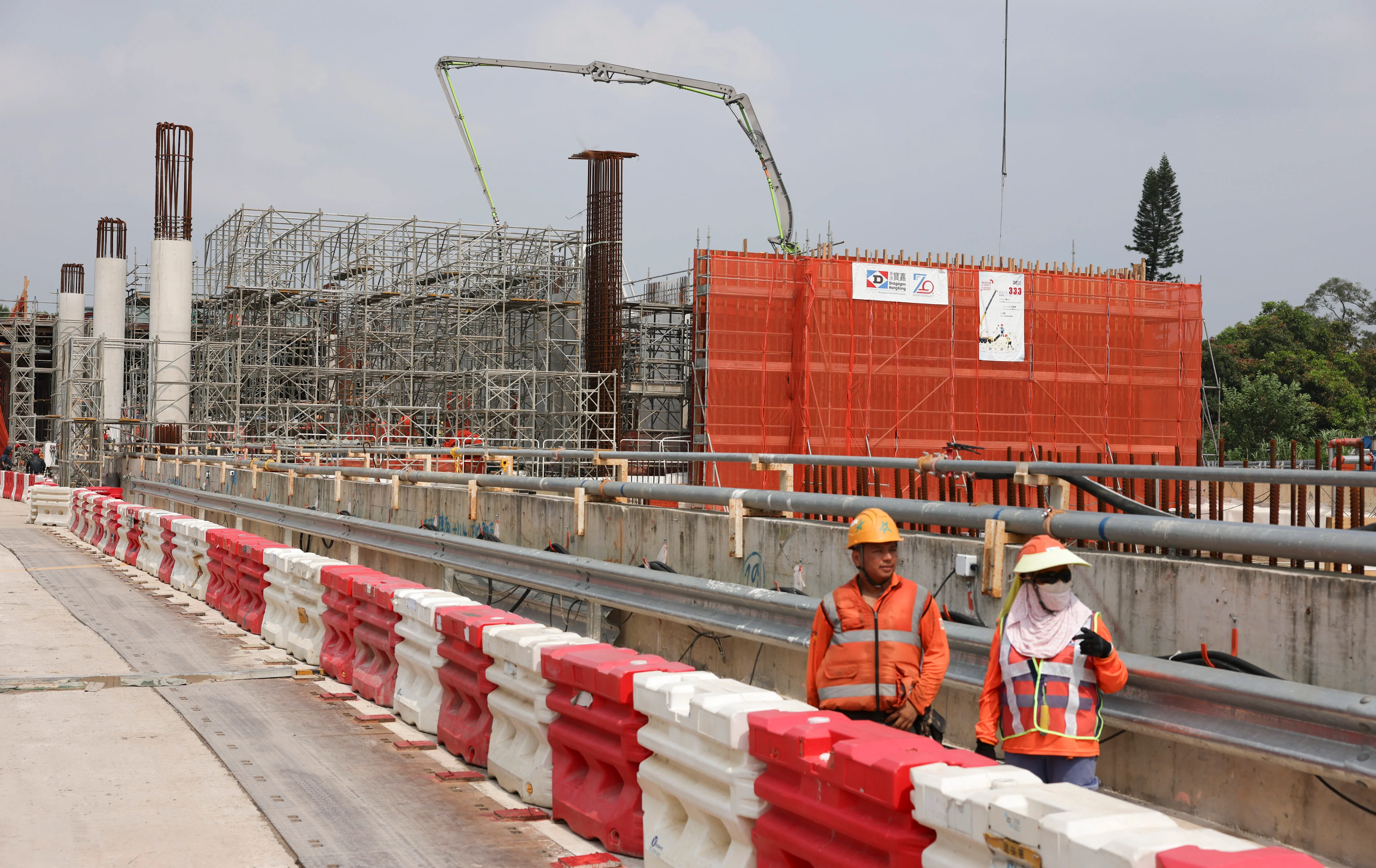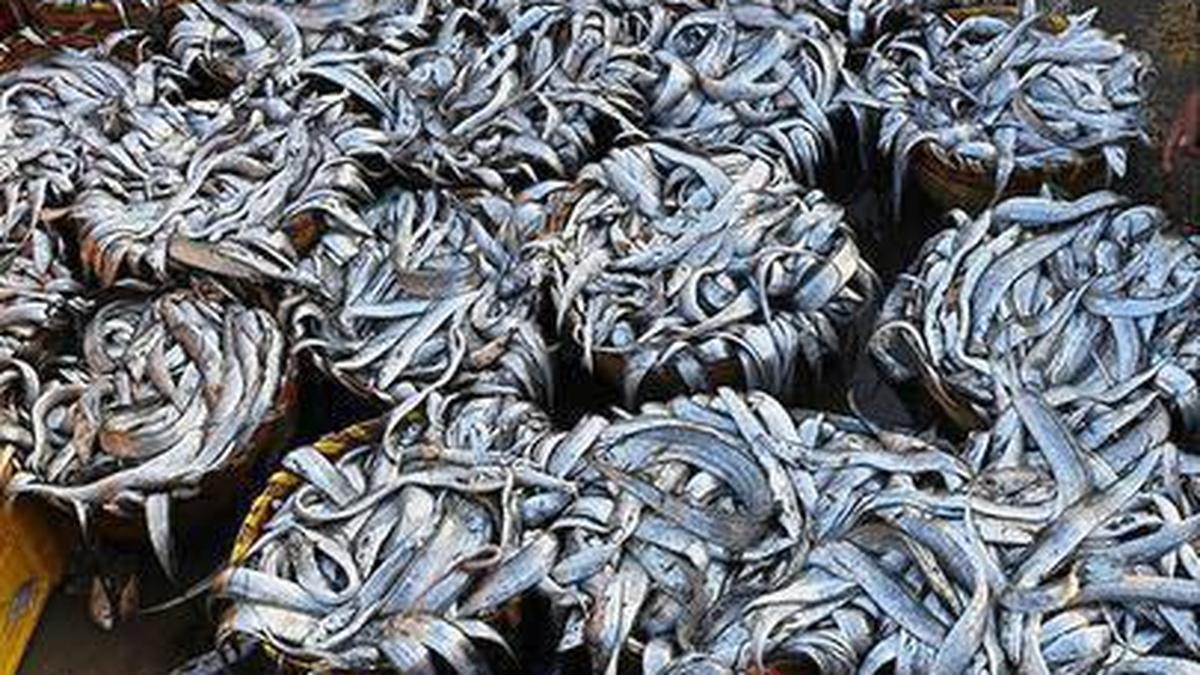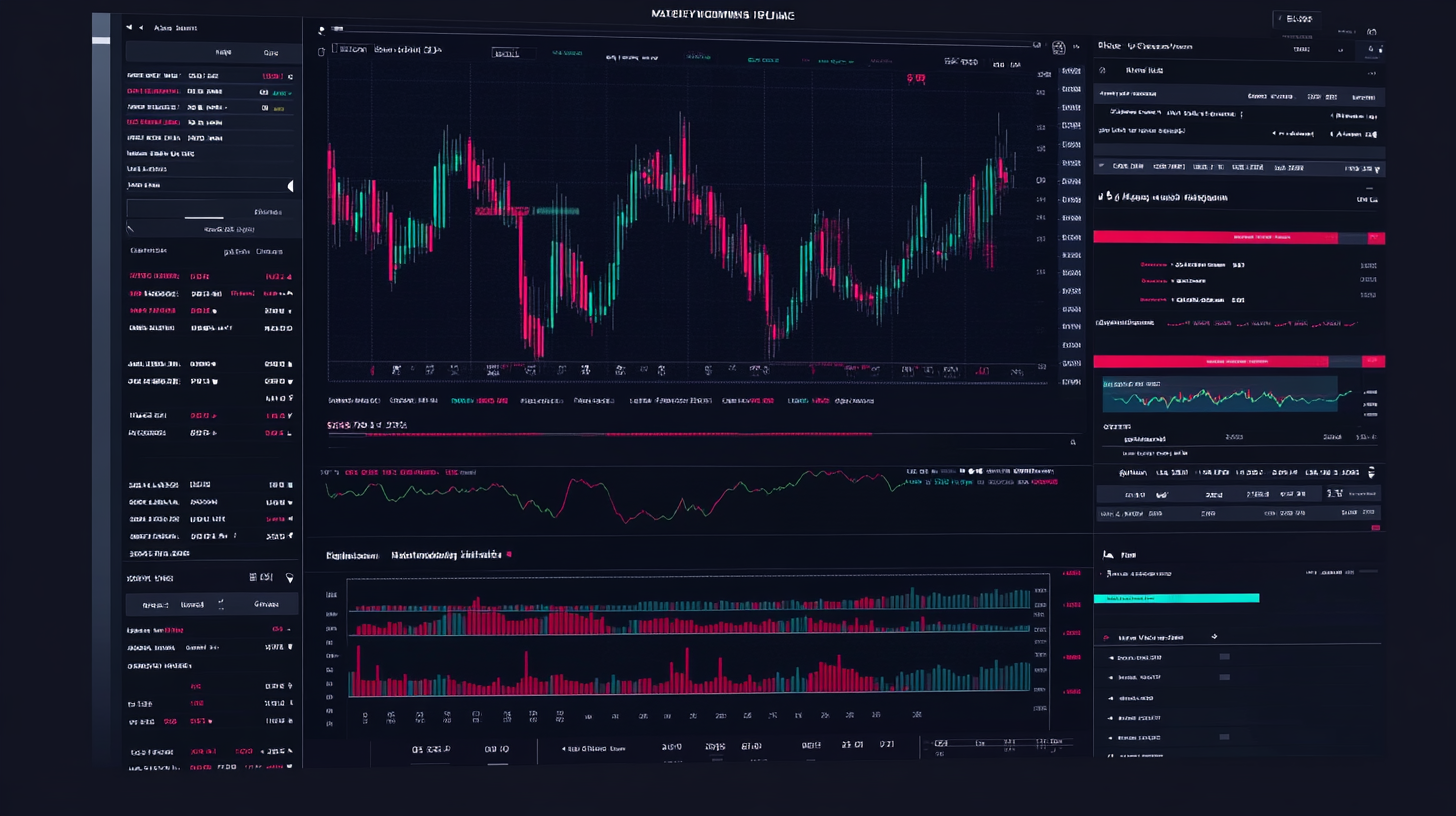By Cannix Yau
Copyright scmp

Hong Kong is seeking to incorporate national railway standards into local benchmarks in a bid to greatly cut costs and raise efficiency, paving the way for standardised rules and their wider application in future government projects.
The move will also help facilitate the export of mainland Chinese building technology, such as modular integrated construction (MiC), to other countries, according to a railway engineering veteran.
The Highways Department on Friday announced the move to update the Hong Kong Railway Standards with those of the mainland. The standards are a set of regulations and technical requirements for railway safety, design, construction, operation and maintenance in Hong Kong.
The announcement was made after the authorities held a signing ceremony for a collaboration charter with local, mainland and overseas experts, various government departments and rail operator the MTR Corporation to update the standards.
“The formulation and updating of the Hong Kong Railway Standards would actively draw reference to world-class railway specifications including those of the nation, and extensively absorb the best practices of the mainland and overseas,” Director of Highways Tony Yau Kwok-ting said.
The new Hong Kong regulations would incorporate national design standards, building materials, equipment and specifications for utilising the mainland’s construction methods, technologies and resources in railway construction, he added.
“This would not only help to promote the introduction of the mainland’s innovative machinery and building technologies by the local construction industry, but also enhance efficiency, shorten the construction period and reduce costs,” he said.
Yau said the aim was to establish the benchmarks not only as “Greater Bay Area standards” but also for them to become new “world standards”.
The updated standards would first be applied to the Northern Link rail project and the planned link between Shenzhen’s Qianhai and Hong Kong’s Hung Shui Kiu under the Northern Metropolis mega development near the mainland border.
The standards would progressively be adopted for other railway projects.
The first phase of the Northern Link costs HK$31.4 billion (US$4 billion) and construction of a spur line using mainland standards is set to begin in 2027.
The Highways Department earlier said it aimed to reduce the Northern Link’s construction costs by 20 to 30 per cent.
The Northern Metropolis blueprint calls for turning 30,000 hectares (74,132 acres) of land into a new engine for economic growth with a population of about 2.5 million and around 650,000 jobs.
Henry Cheung Nin-sang, chairman of the Association of Hong Kong Railway Transport Professionals and a signatory of the charter, said the government intended to allow the use of national standards on the new railway projects in the future as they could help reduce costs by up to 30 per cent.
“Under the national standards, MiC construction will be introduced for projects where prefabricated modules are built in a factory environment and then assembled on site,” he said.
“This approach will significantly lower costs, resolve labour shortage issues and boost efficiency as production will be free from external influences such as the impact of weather.”
Cheung said the move would help unify standards as contractors were currently allowed to adopt different benchmarks such as Emergency Management (EM) standards and International Organization for Standardization (ISO) specifications, which require the purchase of costly Western building materials and equipment.
“With Hong Kong acting as a success model of using the national standards to save costs and cut delays, the city can help promote and export to the world the mainland construction technology,” he said.
The Highways Department will set up a team to take charge of the approval process for new railway projects. A centralised and digitalised approval platform will be established to handle submissions, review and approve documents to cut the processing time by half.
Over the past two decades, the mainland has reinvented its rail network, with high-speed lines linking 97 per cent of cities with a population of more than 500,000. It recorded 4.08 billion passenger trips last year, up by 10.8 per cent year on year.
The mainland is also building mass transit systems for other countries. The Chinese-backed Jakarta-Bandung high-speed rail network in Indonesia opened in 2023.



